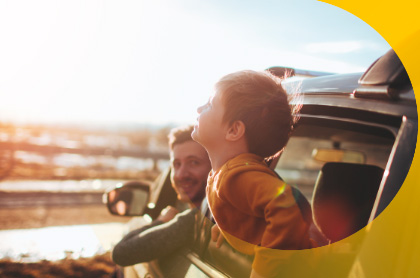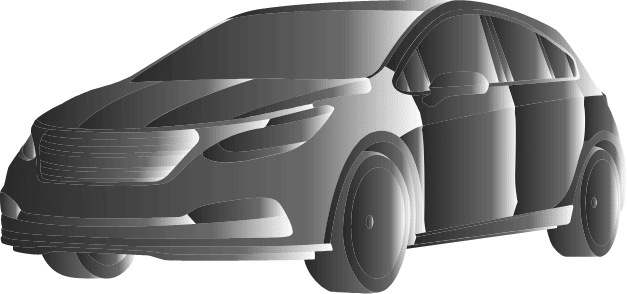What are fine particles?


Variable compositions
What makes up a fine particle? There is no specific formula. Soot, sulphur particles (SOx), nitrogen oxides (NOx), hydrocarbons (HC), and heavy metals such as copper, iron, barium, and zinc can all form fine particles. Their content, shape and size differs depending on what type of pollution has generated them.
PM1, PM2.5 and PM10
What is the difference between PM1, PM2.5 and PM10 fine particles? Fine particles are ranked by size. Ultrafine particles are called PM1 and have a diameter of less than 1 micron. The diameters of PM2.5 and PM10 are less then 2.5 and 10 microns respectively. To give an idea of scale, PM2.5 is the size of a red blood cell while PM10 is the size of a bacterium. The smaller a fine particle, the more dangerous it is, because it can penetrate deep inside the body. Its shape is also to be considered: the rounder it is, the more easily it forms clusters with other pollutants. And that creates a very toxic mix.
A sly threat
The answer to the question “What is a fine particle?” could also be that it is a dangerous pollutant that is everywhere, and invisible to the naked eye. Whether liquid or solid, fine particles create air pollution in heavily populated areas. When carried on the wind, they can also travel long distances and remain suspended in the atmosphere. As a result, according to the World Health Organization (WHO), nine out of ten citizens are exposed to air laden with fine particles. The larger particles that are not airborne are drained in runoff water and end up in rivers and oceans.
A threat to health
What impact do fine particles have? They pose a major issue for public health. Because breathing in particles means exposing your body to oxidative stress* and a host of respiratory (asthma, bronchitis), cardiovascular (arrhythmia, heart attack, thrombosis) and neurodegenerative (Alzheimer’s and Parkinson’s) diseases. They exacerbate existing illnesses, weaken vulnerable populations (children, the elderly, pregnant women) and put lives at risk. 17% of deathsfollowing lung cancer can be attributed to air pollution and fine particles. The WHO believes that this pollution is responsible for 4.2 million premature deaths per year globally. This impact is the same as that of tobacco consumption, but causes three times as many deaths as those that happen as a result of consuming alcohol and unsanitary water. Shocking.
* Oxidative stress occurs when a cell can no longer manage the excessive presence of toxic molecules, mainly from cellular respiration and free radicals. They can damage cells and DNA.






